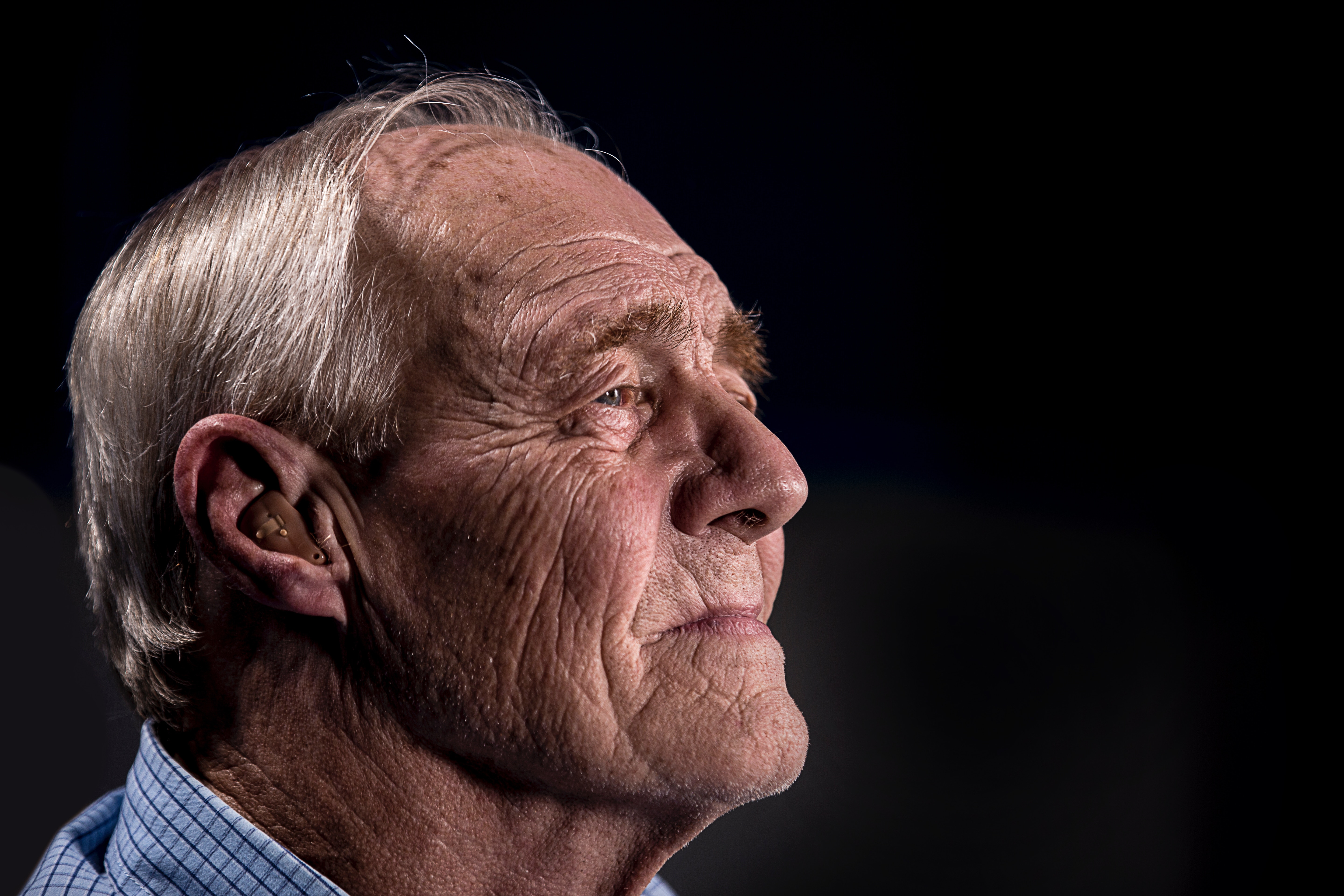Most brands and retailers today are trying to gain favor with the ever elusive and appealing Millennial target. Marketers hope that by engaging this unspecifically broad group, they will be able to rejuvenate their brand by earning the sort of virality, fame and success that Gucci made with this group over the last few years. But the focus on younger generations often overshadows a growing target group that is hardly mentioned in industry case studies – seniors. While the 50+ crowd may not seem as desirable as younger groups they do represent a tour de force that should not be ignored. In the U.S. alone, 80 million people will be 65 or older within a few decades, compared to around 50 million today. In the UK, nearly one in seven people will be over 75 by 2040 and life expectancy currently grows by five hours a day.
While some companies recognize this and offer new products and solutions for older audiences, very often the way such products are approached and communicated is biased. Many fall into the trap of thinking with clichés, using stereotypical portrayals of older people, resulting in oversimplification of a diverse target group. While some may be happy to retire and look after their grandkids, others may want to keep working well into their 70s. Still others may be looking to do things they never were able to before, such as traveling or engaging in the community. For example, Australian seniors are more active than ever before.
Understanding these needs of older audiences becomes crucial at the point of sale as well. American retirees spend 25% more time shopping on every dollar they actually spend than younger people. While we often talk about creating shopping experiences for the latter, it is the former who have more time to spend on shopping.
But brands and retailers have been slow to catch on. “We have a tendency to depict people aged 50 to 74 in the press and in public life as rich and successful, even powerful, and it’s really important to know that this is only one of a number of different experiences of old age,” says Debora Prince, president of the British Society of Gerontology. No wonder only 31% of over 70 year olds think they are realistically portrayed in advertising.
However, we are seeing some interesting approaches starting to change the conversation about this target. in January 2019, Coca-Cola conducted a survey of 1,109 respondents and found that one of the top ranked bucket list items for older people was getting a tattoo. The brand then offered free tattoos to everyone over the age of 70 in a recent one-day event in London’s Shoreditch.
Another example portrays a shift in communication in the cholesterol lowering product category. Traditionally, brands in this category focus on communicating the bad effects of cholesterol on health, however brands like ProActive have shifted their view to promote an active and life-embracing mindset for older people. Brands recognize that age does not automatically make you bedridden and unmotivated – quite the opposite actually.
Embracing the diversity of this target group and understanding their real fears and motivations can drive commerce for any brand or retailer. Fears such as loneliness and being left behind, which in return creates the wish to stay connected to others over digital platforms. The drive to stay active and make use of one’s years of work experience to help young people and communities. Or the worry about how the aging process is starting to affect their bodies.
The increasing importance of this age group is undeniable and with its growth, brands and retailers have to change the narrative and perspective around them to tap into new commercial opportunities for their brands.
Contributed by: Lukas Quittan, Integer London
Image source: Unsplashed


